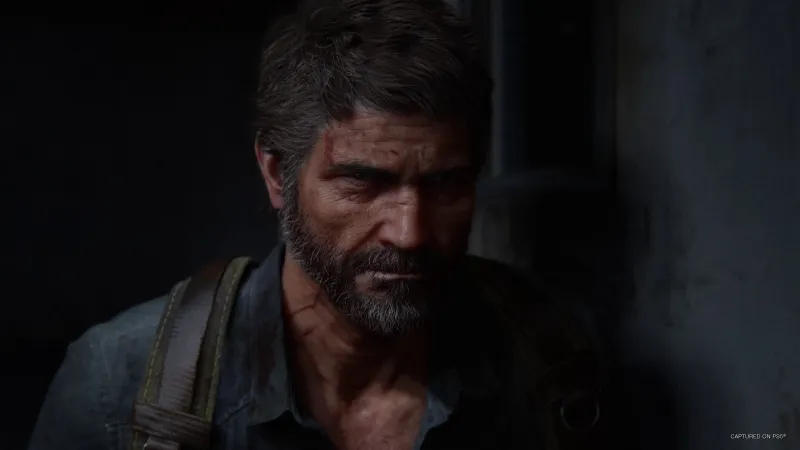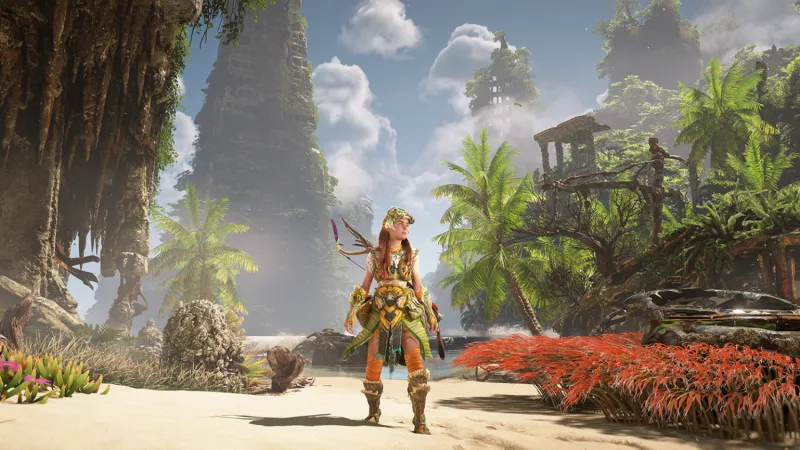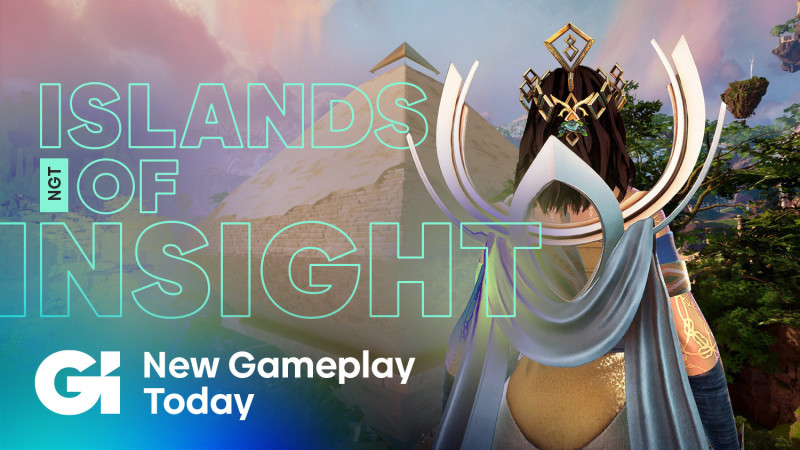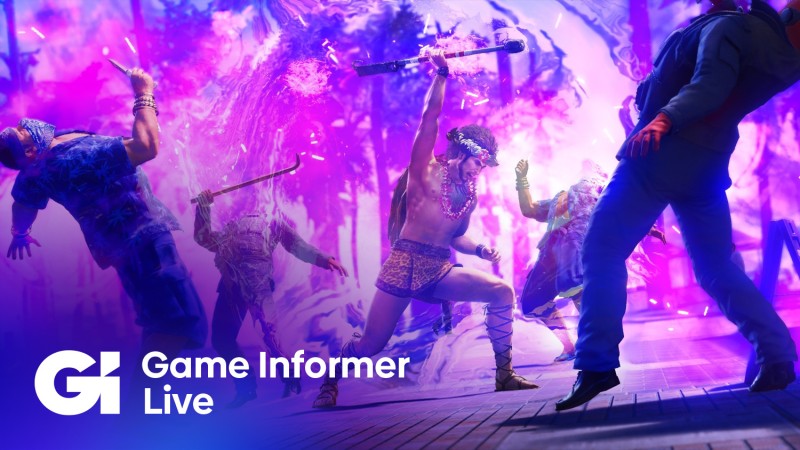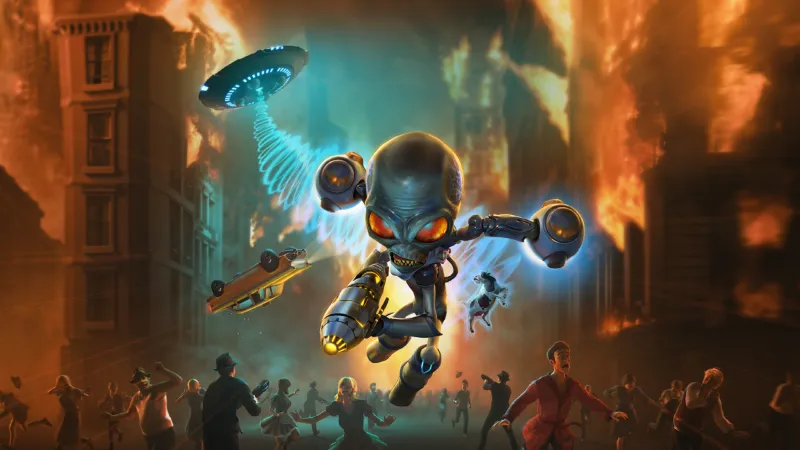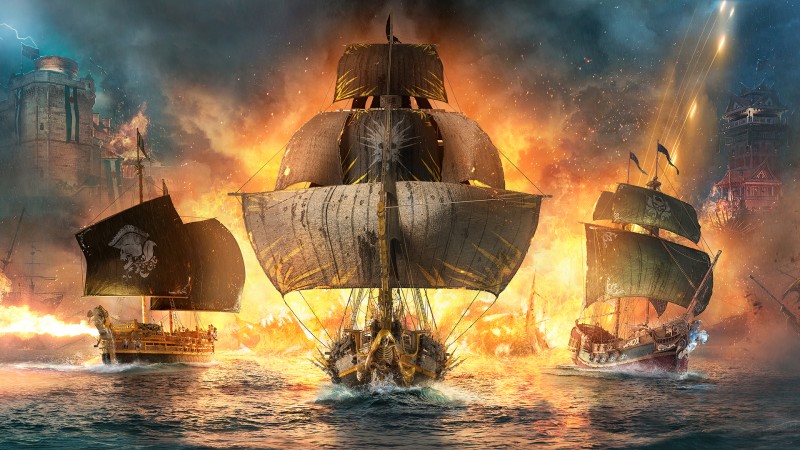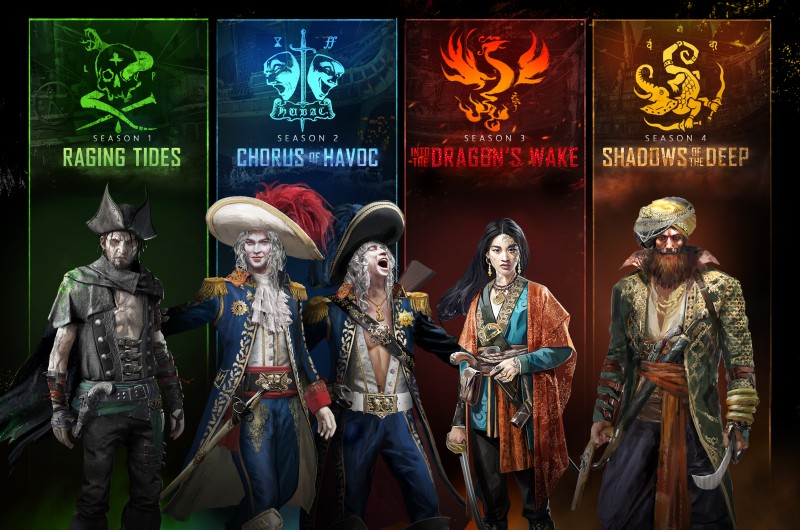I’ve been tracking developer Ubisoft Singapore’s naval warfare multiplayer game, Skull and Bones, since its reveal years ago, both as a massive fan of all things pirates and someone who specifically loved the high seas action of Assassin’s Creed IV: Black Flag. I wrote Game Informer’s Skull and Bones cover story back in 2022, and have played the game several times since then in previews, betas, and more.
Despite what various delays had me believing, Skull and Bones is actually shaping up to be, at the very least, a fun and competent experience. Because I’ve played so many of its disparate parts rather than the whole, I believe there’s something really good in the game. However, without playing the full package, it’s tough to say how it all comes together, a critical aspect for any live-service multiplayer game.
I’m going to dive into Season 1’s offerings and some of the endgame content I experienced in this final preview, but if you’d rather watch some gameplay and hear me talk about my time playing it this time around, check out the Skull and Bones New Gameplay Today below:
[embedded content]
Skull And Bones: Season 1 Endgame And Bosses
The first season of Skull and Bones is called Raging Tides, and this season and three following it – Chorus of Havoc, Into the Dragon’s Wake, and Shadow of the Deep – are all part of the game’s Year 1 roadmap. Collectively, Year 1 is the Rise of the Kingpins, Ubisoft tells me.
In Raging Tides, players are up against the pirate kingpin Phillippe Le Peste, a master of potent African poisons. He’s attracted to the region after hearing about the spoils you’ve captured as the area’s kingpin and as such, sends skirmishers and headhunters your way to put an end to your reign. Eventually, after you take down enough of his armada, threatening his own strangle on the seas, La Peste will fight you in the La Potence World Event, which is the penultimate fight against the kingpin on the Indian Ocean. This leads to one final climactic battle against La Peste that will end the season.
I didn’t take part in that final battle in this hands-on preview of Skull and Bones, but I did play through the La Potence World Event. I am impressed with how unique this boss fight felt, especially compared to the action against other ships in the game. Admittedly, I didn’t expect anything more than the third-person (ship?) arcade shooter action the rest of the game features – how much more varied can firing weapons from a ship while controlling said ship be? It turns out, with some queues pulled from MMO games, very.
La Peste uses poison attacks to keep me on the move, forcing my tank class ship to be played differently. I can’t hunker down and hold a spot while throwing cannonballs, mortars, and torpedos La Peste’s way. He targets not just me, but various other areas at once with a barrage of poison mortars that do damage on hit and area-of-effect damage as well. His biggest move places at least eight or so green targets on the seas and seconds later, each is hit with a powerful poison attack. My teammates, specifically our squad’s healer ship, keeps a constant barrage of healing mortars firing at me, thankfully, so I’m able to withstand the worst of La Peste, but just barely.
[embedded content]
La Peste is also fast, meaning I have to weave in and out of his poisonous barrage attacks and utilize my ship’s three different sailing speeds to keep a balance between running for my life and not going so fast that I lose my maneuverability. After about five or so minutes, myself and the other five pirates helping take down La Peste, ending this world event. It’s a great time, and I hope other boss-like fights feature similar variations on the Skull and Bones formula.
Elsewhere in Season 1, players can expect a Smuggle Pass, which is Ubisoft’s take on the battle pass for Skull and Bones. The pass lets players gain access to a special ship, the Barque, and themed equipment perfect for fighting La Peste. Plus, you can unlock La Potence schematics, which Ubisoft says is essential for taking on the season’s kingpin. The ship, themed equipment, and schematics are free, but you can also upgrade the Smuggle Pass for a paid, premium experience, too, for even more seasonal offerings.
In Season 2: Chorus of Havoc, the Hubac twins from the power-hungry Compagnie Royale decide to invade the Indian Ocean, putting your status of Kingpin pirate on the line once more. Sent by the king of France, the Twins will make their presence known with stronger forts and stronger defenses throughout the region, presenting new opportunities for action and challenges, too.
The final piece of the Skull and Bones endgame puzzle I want to touch on are Hostile Takeover and Legendary Heist events. In the former, you must stay in a designated zone and destroy ships, buildings, and fortresses, and ultimately, cause as much damage as possible. The more damage you do without leaving the designated zone, the better your performance. I enjoy this challenge as it forces me to stay right up in the action, removing my ability to sail away to safety for a breather.
In the Legendary Heists, I and other players on the server have to work together to take down a legendary captain and his armada of ships. It was extremely difficult – I failed this event twice before finally succeeding the third time – because not only is the captain hard to take down, but other players can also target me if they choose. They might do this because only one ship can deliver the captain to a marked outpost for the full suite of rewards. The same goes for sea monsters, like the one I take down in the New Gameplay Today episode above – only one person can turn in its head to special merchants, meaning while various pirates might work with me to take the beast down, they might just as easily turn on me once the monster is dead, hoping to secure the head for themselves.
Overall, I quite enjoyed my time sailing through Skull and Bones’ Season 1 endgame content. It’s still tough to say how the entire experience melds together, and I’m still not fully sold on a game where I play primarily as the ship and not a pirate, but if my various hands-on opportunities have proven anything, it’s that Skull and Bones is better than I expect so far and worth checking out in its final form.
Skull and Bones hits PlayStation 5, Xbox Series X/S, and PC on February 16.
Are you going to check out Skull and Bones next month? Let us know in the comments below!


